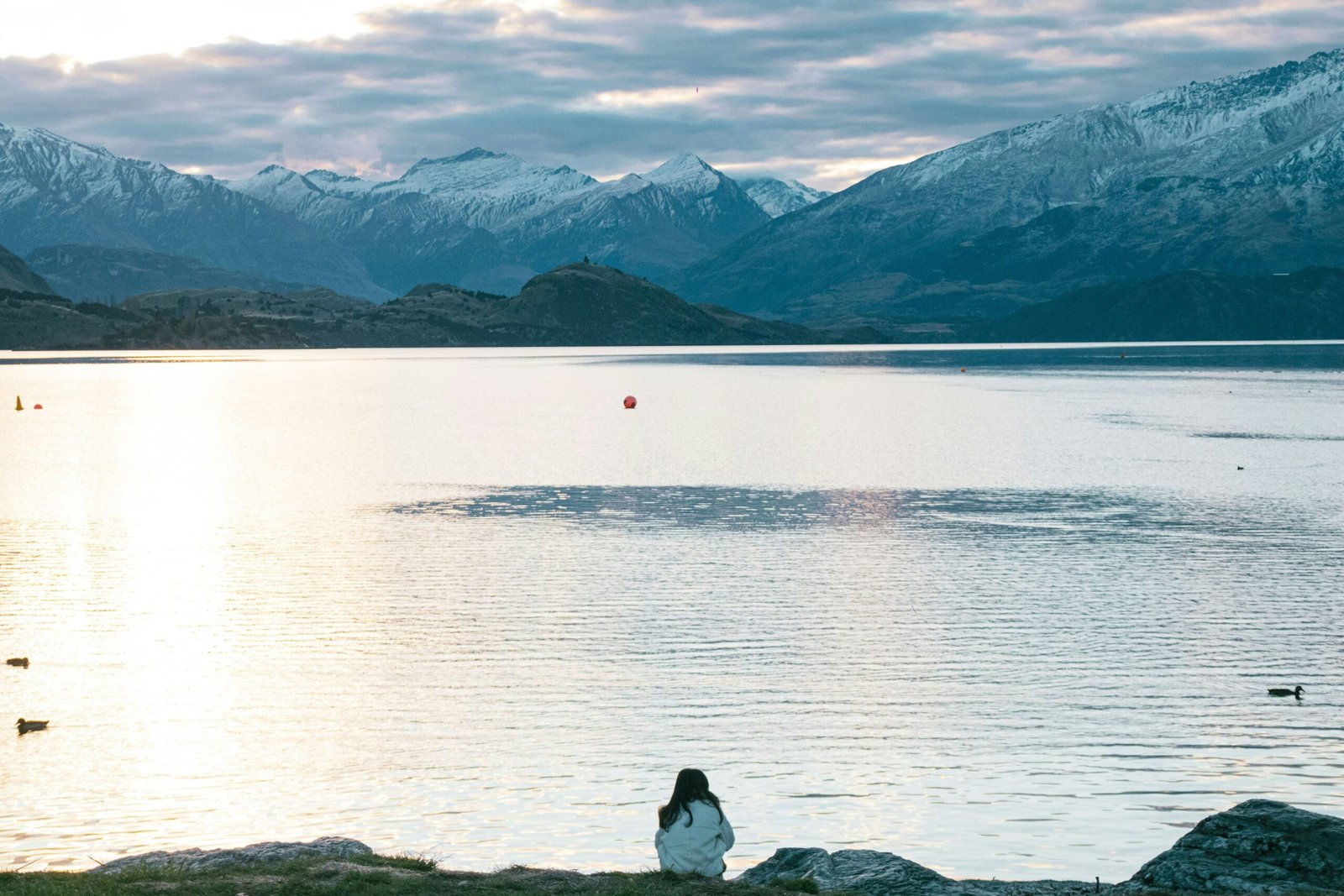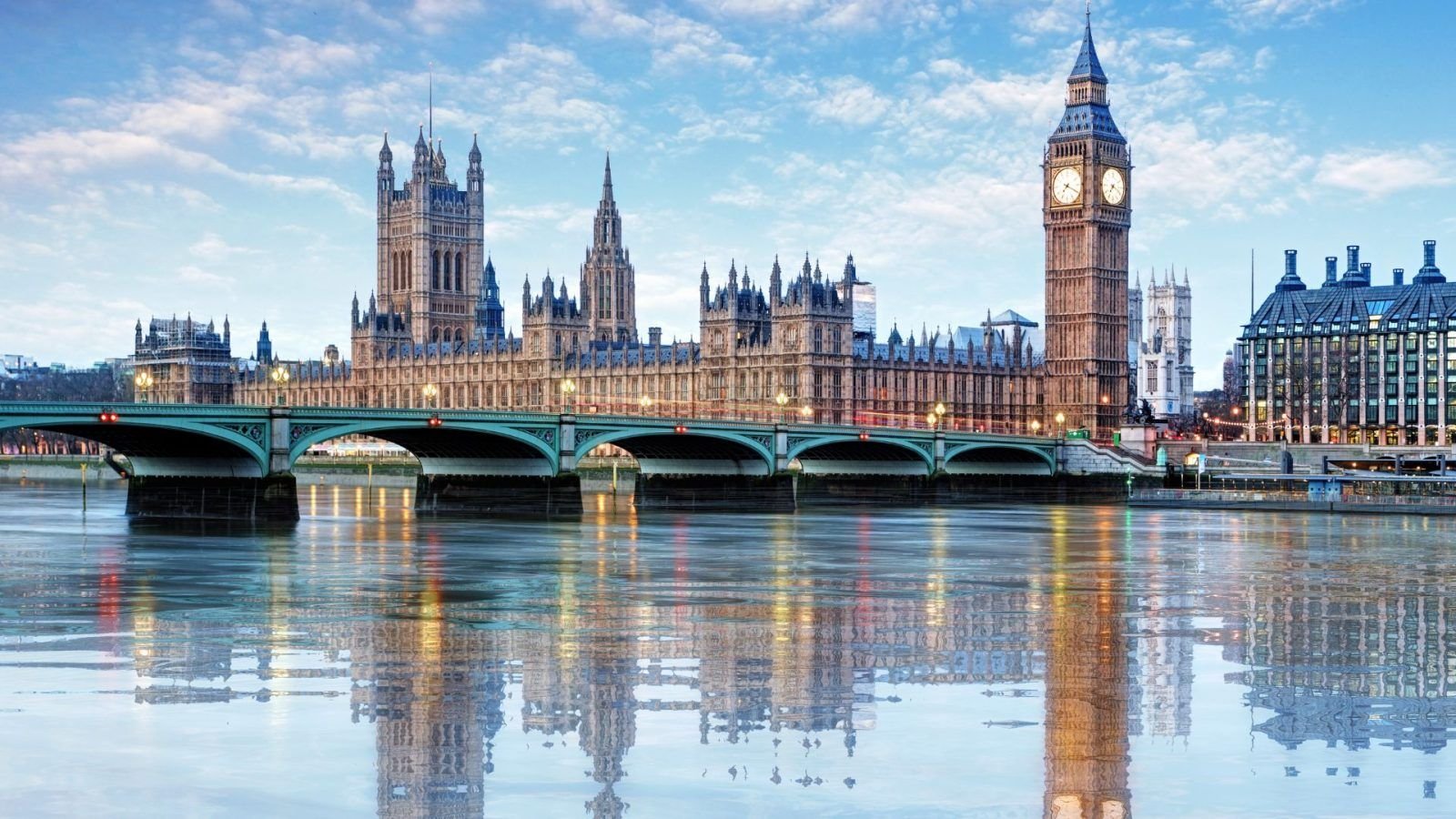Introduction to Patagonia
Patagonia, a vast region located at the southern end of South America, is renowned for its breathtaking natural beauty and diverse landscapes. This area, which spans across both Chile and Argentina, is characterized by an array of geographical features that attract adventurers from around the globe. The majestic Andes Mountains, which run along the spine of Patagonia, offer striking vistas and challenging terrains that are perfect for hiking enthusiasts. Visitors will encounter rugged peaks, deep valleys, and breathtaking granite spires, particularly in famous locations such as the Torres del Paine National Park.
In addition to towering mountains, Patagonia is also home to expansive glaciers, notably the Perito Moreno Glacier, which captivates observers with its vibrant blue hues and dynamic ice calving. The region is dotted with lush forests, comprised of a unique mix of lenga and coihue trees, creating a perfect backdrop for a tranquil forest walk or a more challenging backcountry trek. Furthermore, the pristine fjords along the coastline provide a stunning contrast, where the land meets the sea, showcasing Patagonia’s natural diversity.
This enchanting region serves as a popular destination for solo hikers seeking both adventure and tranquility. The relatively untouched environment of Patagonia allows individuals to immerse themselves in nature, making it an ideal place for reflection and exploration. Its well-marked trails and various hiking routes range from easy walks to strenuous multi-day treks, catering to all experience levels. For those willing to embark on a solo hiking journey, Patagonia offers an unparalleled opportunity to connect with the wilderness and experience its raw beauty firsthand.
Choosing the Right Trails
When planning a solo hiking adventure in Patagonia, Argentina, selecting the right trails is crucial for ensuring a safe and enjoyable experience. Patagonia offers a diverse range of trails, accommodating hikers of various skill levels and preferences. From beginner-friendly paths to more challenging routes, understanding the available options is essential for making an informed decision.
For novice hikers, trails such as the Laguna de los Tres near El Chaltén provide stunning views of Mount Fitz Roy with a moderate difficulty level. This trail is approximately 10 kilometers round trip and features well-marked paths, making it accessible for those who may not have extensive hiking experience. The breathtaking vistas of the Patagonian landscape are an added incentive for beginners seeking to appreciate the natural beauty of the region.
Intermediate hikers may prefer the W Trek in Torres del Paine National Park. This iconic 70-kilometer trek can be completed in about four to five days, allowing hikers to experience diverse terrains and stunning glacial lakes. However, the unpredictable Patagonian weather can make conditions challenging, so hikers should come prepared for variable conditions. It’s recommended to familiarize oneself with trail segments, as certain sections may require additional navigation skills.
For seasoned hikers, the Huemul Circuit in the Los Glaciares National Park offers a more demanding adventure. This challenging 40-kilometer loop includes rugged terrain and varying altitudes, with stunning views of glaciers and peaks. Hikers should ensure they have the required equipment and knowledge for this trek, as parts of the trail can be less maintained and pose additional risks. Factors such as trail conditions, length, and personal fitness levels should always be considered when selecting a trail.
Ultimately, the right trail for solo hiking in Patagonia will depend on individual experience, preferences, and comfort levels. By carefully evaluating the difficulty level, length, trail conditions, and the unique scenic highlights, hikers can select an appropriate route that allows them to safely enjoy the breathtaking landscapes that Patagonia has to offer.
Preparing for Your Solo Adventure
Embarking on a solo hiking adventure in Patagonia, Argentina, necessitates comprehensive preparation to ensure both safety and enjoyment. A fundamental aspect of this preparation is physical conditioning. Engaging in regular cardiovascular exercises, such as running, cycling, or hiking on varied terrains, will help improve your stamina and strength. Prior to your trip, you should gradually increase the intensity and duration of your workouts to simulate the demands of challenging Patagonian hikes.
Equally important is the process of selecting appropriate gear. The harsh environment of Patagonia requires durable and weather-resistant equipment. A well-fitted backpack, appropriate footwear, and layered clothing are essential for comfort and protection during your journey. Investing in a high-quality sleeping bag, a reliable tent, and sufficient cooking gear will enhance your camping experience. Additionally, always carry a first aid kit, extra food, and water purifying methods to mitigate unforeseen circumstances.
Understanding weather conditions is crucial when planning your hike. Patagonia is known for its rapidly changing weather, so it is advisable to check forecasts regularly. Familiarizing yourself with seasonal patterns and current conditions will aid in making informed decisions while on the trail. It is recommended to plan your hiking routes accordingly, considering the potential for inclement weather and the physical challenges posed by the terrain.
Furthermore, creating a detailed itinerary is paramount to ensuring a safe solo hiking experience. This itinerary should include information on your planned routes, expected duration of the hike, and campsite locations. Sharing this itinerary with a trusted friend or family member acts as an additional safety net, enabling them to monitor your progress and assist if necessary. By taking these preparatory steps, you will enhance your outdoor adventure, ensuring it is both enjoyable and safe.
Safety Tips for Solo Hikers
When embarking on a solo hiking journey in Patagonia, Argentina, prioritizing safety is crucial. One of the foundational aspects of a successful hike is honing your navigation skills. Familiarize yourself with the trail maps, GPS devices, and compasses, as well as route planning techniques. Knowing how to read topographical maps and understanding the terrain will significantly enhance your ability to navigate effectively. It is advisable to carry a portable charger to ensure your navigation devices remain functional throughout your hike.
Wildlife encounters in Patagonia can be a thrilling aspect of hiking; however, it is important to approach them with caution. Being aware of the local fauna, such as cougars or guanacos, and knowing how to react during an encounter is essential for ensuring your safety. If you come across wildlife, maintain a safe distance and observe their behavior. It is crucial to remain calm and avoid sudden movements or loud noises to not provoke the animals.
First aid preparedness is another vital consideration for solo hikers. Carry a well-stocked first aid kit that includes items for treating common injuries like scrapes, cuts, and insect bites. Familiarize yourself with basic first aid procedures to respond effectively in case of an emergency. Additionally, learning how to address altitude sickness, dehydration, and fatigue can prove invaluable on longer hikes.
Emergency communication cannot be overlooked; ensure you have a reliable means of contacting help if necessary. Inform someone of your intended route and expected return time before you set off. Mobile signal can be unreliable in remote areas, so consider carrying a satellite phone or a personal locator beacon (PLB) for emergencies. Situational awareness is crucial during your hike; consistently assess your environment and trust your instincts. Should anything feel off or dangerous, do not hesitate to alter your plan, ensuring your safety remains the top priority.
Packing Essentials for Hiking in Patagonia
When embarking on a solo hiking adventure in Patagonia, it is crucial to pack appropriately for the region’s unique environmental conditions. The diverse landscapes and variable weather demand thoughtful packing to ensure both safety and comfort. Start with clothing; layering is key in Patagonia due to its unpredictable climate. Recommended items include a moisture-wicking base layer, insulating mid-layer, and a waterproof, breathable outer layer jacket. Additionally, pack durable hiking pants, a warm hat, gloves, and sturdy, waterproof hiking boots to navigate the terrain effectively.
Food supplies play a vital role in maintaining energy levels on long hikes. Opt for lightweight, non-perishable items such as dehydrated meals, energy bars, and nuts. Carry enough water purification tablets or a filtering system to ensure access to clean drinking water. Being self-sufficient is essential, given the remote nature of many Patagonian hiking trails.
Camping gear is another critical aspect of your packing list. A lightweight, four-season tent can protect against harsh weather conditions. Consider bringing an inflatable sleeping pad and a warm sleeping bag rated for low temperatures, as nights in Patagonia can be chilly. Furthermore, a compact camping stove and cooking utensils will aid in preparing meals during your trip.
Navigation tools are essential for solo hikers traversing the vast Patagonian wilderness. Carry a detailed map of the area, a compass, or a GPS device to ensure you stay on track. Familiarize yourself with the terrain and landmarks to enhance your navigation skills. Additionally, packing a first-aid kit, a multi-tool, and a headlamp will prepare you for unexpected situations that may arise during your hike.
While it is vital to pack effectively, it is equally important to pack light. Evaluating the necessity of each item will help reduce your load, making your hike more manageable. With these essential items and a thoughtful packing strategy, you will be well-prepared to enjoy the breathtaking beauty of Patagonia safely.
Understanding Local Regulations and Conservation Efforts
When embarking on a solo hiking adventure in Patagonia, Argentina, it is paramount to familiarize oneself with local regulations and conservation efforts. These guidelines not only ensure the safety of hikers but also play a crucial role in preserving the breathtaking landscapes and delicate ecosystems unique to this region. By adhering to established rules, hikers can contribute to the sustainability of Patagonia while enjoying its remarkable beauty.
Patagonia is home to several national parks, such as Torres del Paine and Los Glaciares, each with specific entry requirements and regulations. Before setting out, hikers should consult the respective park’s website or visitor center to obtain permits, learn about trails, and understand any seasonal restrictions. Different parks may impose rules that address potential hazards such as changing weather conditions, wildlife encounters, and trail maintenance practices. Familiarity with these regulations enhances one’s hiking experience while ensuring a responsible approach to the environment.
Moreover, the Leave No Trace outdoor ethics are immensely significant for hikers in Patagonia. This set of principles encourages all adventurers to minimize their impact on the environment. Key practices include staying on designated trails to prevent soil erosion, packing out all trash, and respecting wildlife by observing from a distance without feeding or disturbing them. Following these guidelines is instrumental in protecting the various flora and fauna that inhabit this pristine wilderness, and it ensures that future visitors can enjoy the same experiences.
Lastly, respecting local cultures and communities is crucial for a harmonious encounter with nature. Engaging with local traditions and understanding indigenous rights not only enriches the hiking experience but also strengthens the commitment to conservation efforts. Upholding these regulations and principles ensures that the beauty of Patagonia is preserved for generations to come.
Cultural Insights and Local Etiquette
Patagonia, Argentina, is renowned not only for its breathtaking landscapes but also for its rich cultural heritage. The region is home to diverse communities, each with unique customs and traditions. Understanding these cultural nuances is essential for any solo hiker wishing to engage respectfully with the local populace and environment.
One of the primary indigenous groups in Patagonia is the Mapuche people. Their deep-rooted connection to the land and nature is evident in their traditional practices and beliefs. When hiking through regions inhabited by the Mapuche, it is vital to respect their customs, such as seeking permission when accessing sacred sites or participating in local ceremonies. Familiarizing oneself with their cultural values enhances the hiking experience and fosters meaningful connections with local communities.
Moreover, as a hiker, demonstrating respect is crucial. A simple greeting in Spanish, such as “Hola” or “Buenos días,” can go a long way in making interactions friendlier. It is important to listen attentively and engage in conversations about their lifestyle, which may provide deeper insights into the culture. Be mindful of personal space and customary practices; for instance, avoid taking photos without asking for consent. This slight consideration reflects mutual respect and appreciation.
In addition, when sharing trails with fellow hikers, maintaining a quiet demeanor and keeping noise to a minimum is good practice. This not only ensures a pleasant experience for everyone but also respects the natural tranquility of Patagonia. Always adhere to Leave No Trace principles; this includes packing out all waste and minimizing impact on the environment, which aligns with the local views on nature conservation.
Ultimately, being cognizant of cultural insights and practicing proper etiquette while hiking in Patagonia not only enriches your solo adventure but also fosters a collaborative atmosphere between locals and travelers. Such awareness paves the way for an insightful and respectful experience in this stunning region.
What to Expect: Weather Considerations
Patagonia is renowned for its stunning landscapes and unique ecosystems, but it is equally famous for its unpredictable weather patterns. Hikers venturing into this remarkable region must prepare for a myriad of weather conditions that can change rapidly. The area’s climate is influenced by factors such as altitude, proximity to the Andes, and the Southern Ocean, resulting in varying temperatures and weather phenomena. It is not uncommon for a hiker to experience sunshine, rain, and strong winds all within a single day.
One of the most critical aspects of planning a solo hike in Patagonia is understanding the potential for sudden weather changes. Hikers should consistently check weather forecasts before embarking on their journey. Utilizing local weather apps or websites that provide updates specific to different regions of Patagonia can be invaluable as they often give timely information on incoming storms, wind patterns, or temperature drops. These forecasts can assist hikers in adjusting their plans accordingly, ensuring a safer and more enjoyable experience.
Additionally, dressing appropriately for varying temperatures and conditions is paramount. The “layering” approach is highly recommended, which involves wearing multiple layers that can be easily added or removed as conditions change. Starting with a moisture-wicking base layer helps keep perspiration away from the skin, while an insulating layer keeps warmth trapped. Finally, an outer waterproof and windproof shell is essential to protect against the elements. Accessories, such as hats and gloves, should also be considered, as temperatures can dip significantly, especially in the evening hours. By being well-prepared and adaptable, hikers can enjoy the breathtaking beauty of Patagonia while minimizing the risks associated with its capricious weather.
Conclusion: Embrace the Adventure Safely
In the heart of Patagonia lies a destination ripe for exploration, offering solo hikers a unique opportunity to connect with nature and enjoy the tranquility of the wilderness. While embarking on such journeys can seem daunting, particularly for those venturing out alone for the first time, it is important to remember that with adequate preparation and mindfulness, solo hiking is both safe and rewarding. Embracing this adventure allows individuals to experience the breathtaking landscapes, diverse wildlife, and the serene beauty that Patagonia is renowned for.
The key to enjoying a successful solo hiking experience in this stunning region is thorough preparation. Familiarizing oneself with the trails, understanding the potential challenges, and having contingency plans in place can significantly reduce risks. Additionally, staying informed about weather conditions and local regulations helps ensure a safer journey. Packing the right gear, from quality footwear to navigation tools, contributes to a supportive hiking experience while keeping safety as a priority.
Moreover, awareness plays a critical role in maintaining safety while hiking alone. Being attuned to surroundings not only enhances the enjoyment of the hike but also helps in identifying any potential hazards. Developing a keen sense of awareness promotes confidence, which is essential for solo adventurers. It is equally important to respect nature by following the Leave No Trace principles, minimizing environmental impact while preserving the pristine charm of the Patagonian landscape for future hikers.
As adventurers step into the majesty of Patagonia, they should embrace the spirit of exploration while applying caution and common sense. Ultimately, solo hiking in this spectacular region can be a transformative experience, filled with unforgettable memories and a profound connection to nature. With the right mindset, preparation, and respect for the wilderness, hikers can truly enjoy the adventure that awaits them.









